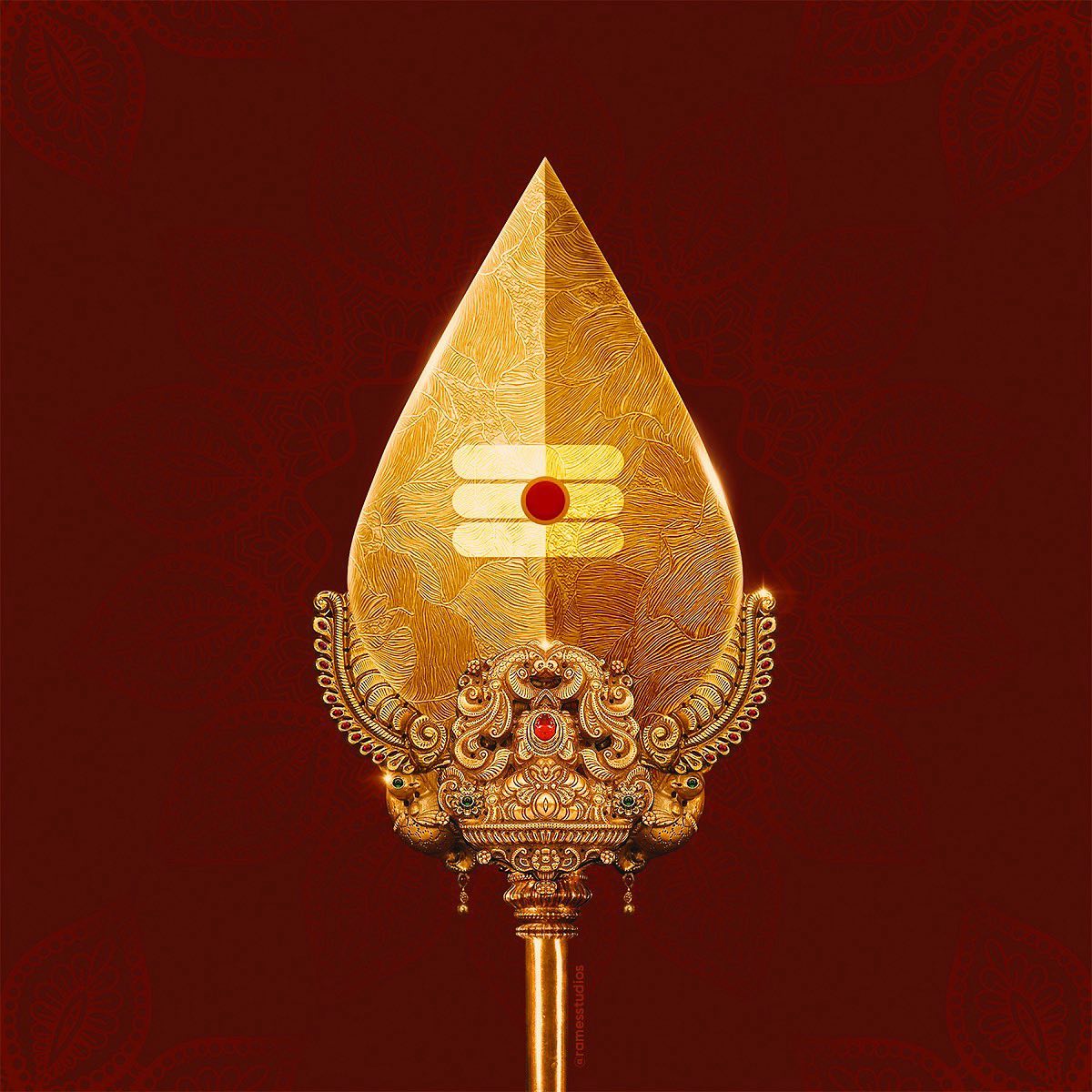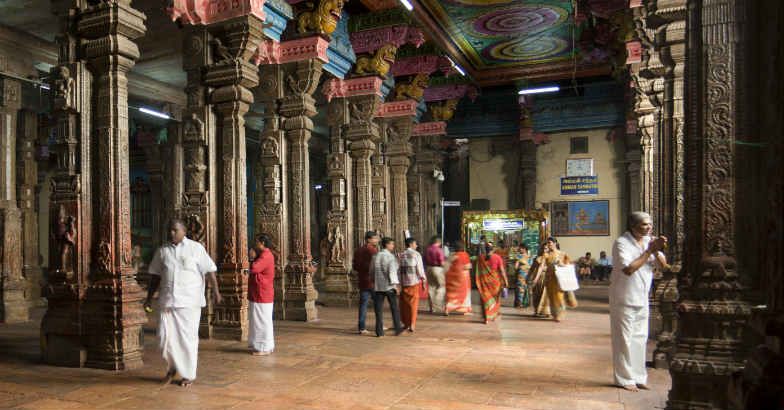About Palani Temple

Introduction:
Nestled amidst the picturesque landscapes of the Western Ghats in Tamil Nadu, India, Palani Temple stands as a revered testament to centuries of spiritual devotion and cultural richness. Dedicated to Lord Murugan, one of the most venerated deities in Hinduism, this ancient temple has woven itself into the fabric of time, drawing pilgrims and enthusiasts alike to experience its mystical charm.
With a history spanning over 2,000 years, Palani Temple holds the echoes of ancient legends and the footprints of sages. The journey to Palani is not merely a physical pilgrimage; it is an exploration of the spiritual heritage that has been meticulously preserved through the ages. From its humble beginnings attributed to the divine vision of Sage Agastya to the architectural marvels that adorn its sacred grounds, Palani Temple beckons those in search of both tranquility and profound connection with the divine.
Join us on an enlightening journey through the hallowed halls of Palani Temple, where history, architecture, and spirituality converge to create an oasis of serenity and devotion. As we unravel the stories and significance behind this spiritual gem, prepare to be captivated by the timeless allure that continues to draw pilgrims from far and wide to experience the divine energy of Palani.
What is special about Palani Temple?
Palani Temple, nestled amidst the enchanting landscapes of the Western Ghats in Tamil Nadu, holds a special place in the hearts of devotees and seekers alike. Its ancient legacy, spanning over two millennia, adds a layer of sacredness to its existence. Legend has it that the temple's origins trace back to a divine vision received by Sage Agastya, lending an aura of mystique to its foundation. Architecturally, Palani Temple is a masterpiece, showcasing the seamless fusion of Dravidian and Tamil styles through intricate sculptures and towering gopurams. As one of the six abodes of Lord Murugan, the temple becomes a focal point for devotees seeking a profound connection with this revered deity.
A symbolic pilgrimage awaits those who tread the hallowed grounds of Palani. The Elephant Path, a staircase of 659 steps, represents the trials and tribulations of life, offering a metaphorical ascent toward spiritual enlightenment. Yet, the temple embraces modernity without compromising its sanctity, providing alternative routes such as a winch or rope car rides for pilgrims seeking accessibility.
During festivals, especially the grand Thaipusam celebration, Palani Temple pulsates with fervor. Devotees participate in processions, carrying elaborate kavadis, and engage in rituals symbolizing unwavering devotion and penance. The temple's culinary offerings include the famed Panchamirtham, a sweet concoction believed to possess medicinal properties, adding a unique flavor to the spiritual journey.
In response to changing times, Palani Temple's custodians have implemented conservation measures, striking a delicate balance between preserving ancient traditions and incorporating modern amenities. This commitment reflects a respect for the temple's historical significance and a dedication to ensuring its spiritual legacy for generations to come. Palani Temple, with its ancient roots, architectural grandeur, and spiritual practices, beckons all who seek a tranquil and profound connection with the divine.
Who is the famous god of Palani?

The revered deity of Palani is Lord Murugan, a significant figure in Hindu mythology and one of the most worshiped deities in South India. Lord Murugan is considered the presiding god of Palani Temple, making the temple one of the six abodes (Arupadaiveedu) dedicated to him. Also known as Subramanya or Kartikeya, Lord Murugan is depicted as a youthful and powerful deity, often associated with attributes such as wisdom, valor, and divine beauty. Devotees flock to Palani to seek the blessings of Lord Murugan, believing that worshiping at this sacred abode brings spiritual elevation, protection, and fulfillment of their wishes. The temple's sanctity and spiritual ambiance are deeply intertwined with the worship and devotion directed towards Lord Murugan, making Palani a revered pilgrimage destination for followers of Hinduism.
The real name of Palani temple
The official and commonly used name for the temple is "Arulmigu Dhandayuthapani Swamy Temple." This title reflects the primary deity worshipped at the temple, which is Lord Murugan, also known as Dhandayuthapani Swamy. While it is commonly referred to as Palani Temple due to its location in the town of Palani in Tamil Nadu, the full name emphasizes the divine aspect of Lord Murugan as the bearer of the "Dhandayutham" or the divine spear.
Symbol of Lord Palani Murugan

The primary symbol associated with Lord Palani Murugan is the "Vel," a divine spear or lance. Lord Murugan is often depicted holding the Vel, which holds significant symbolism in Hindu mythology. The Vel is considered a powerful and symbolic weapon, representing the triumph of good over evil.
According to Hindu legends, the Vel was gifted to Lord Murugan by Goddess Parvati, his mother, to vanquish the demon Surapadman. The Vel is not only a physical weapon but also a symbol of wisdom, righteousness, and the divine force that eradicates obstacles and ignorance.
In addition to the Vel, Lord Palani Murugan is commonly depicted with other traditional attributes, such as the peacock as his vahana (vehicle) and the symbol of the rooster. These symbols collectively represent various aspects of Lord Murugan's divine character and his role as a protector and guide for devotees.
How many steps are there in Palani?




